Shopping for household window treatments can be a stress-inducing affair, simply because of the overwhelming number of options that you are presented with in the process. There are a lot of divisions to the category of window treatments- namely, drapes, curtains, blinds, and shades. As much as your interior decorator may insist, these words are not synonymous with each other. In fact, they are highly distinctive with their own functions and advantages. To rid this confusion once and for all, we are going to define the differences between these four sub-sections and help you determine the best choice for your home.
Drapes
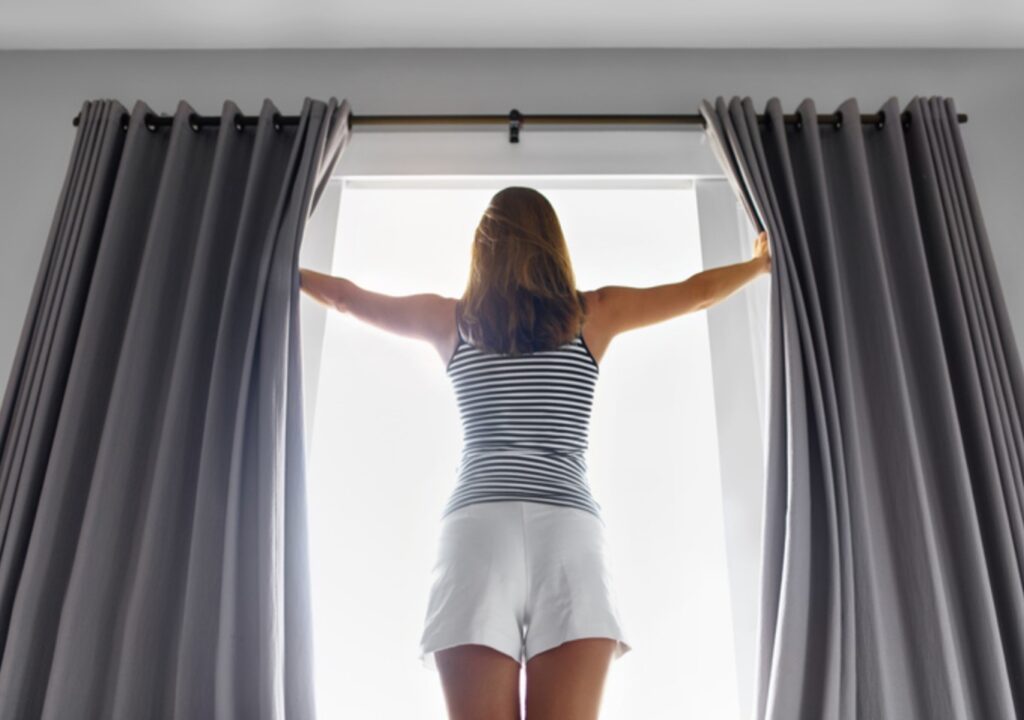
Let’s start with drapes.
According to the Zebrablinds, drapes are sections of fabric that are most often sold in pairs. This makes it easy to mix them up with curtains, which are also sold in pairs. The main difference between the two is that drapes are meant to block the light coming from windows, which is why they are quite heavily lined. Also, drapes are traditionally long enough to reach the floor. The quality of drape fabric is heavy and stiff, to aid the light-blocking facility.
If we’re talking patterns, then there is not much to choose from when it comes to drapes. You might find some light patterns and embroidery of some drapes, but they are usually sold in solid colors. However, there is a wide variety of styles and colors to choose from, so you will definitely find the perfect fit for your room décor.
Drapes hang from rings or hooks on a rod on the top or behind the panel. The top of a traditional drape is often pleated, which lends to the old-fashioned style of the window treatment. Since the primary objective of installing drapes is to block out all light, it is the perfect choice for bedrooms to completely block out all light.
Curtains
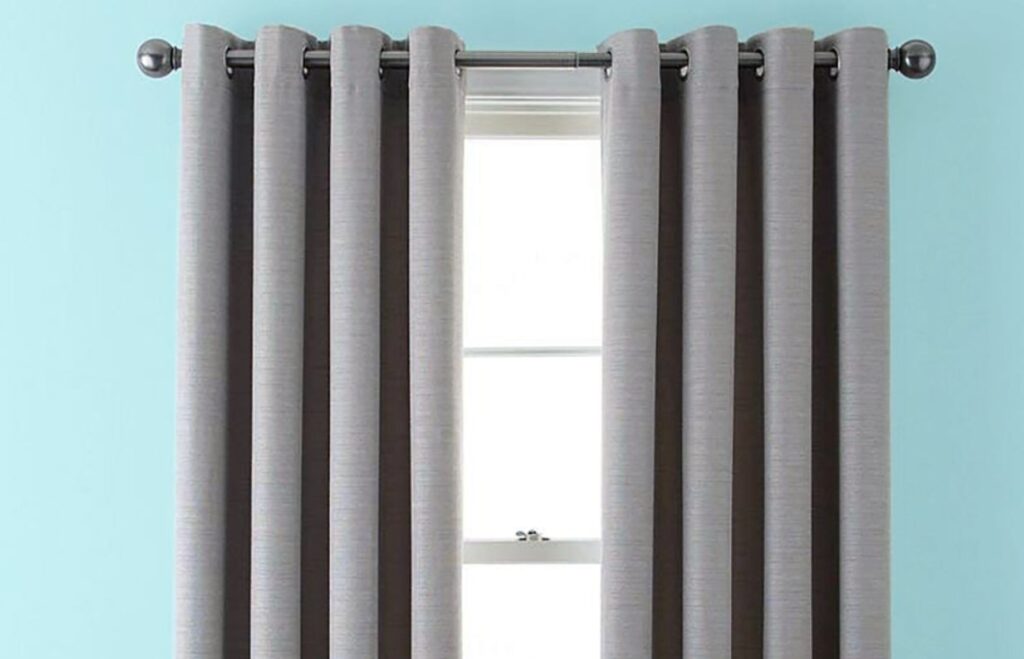
Curtains are also panels of fabric typically stored in pairs. They are one of the most versatile window treatments and come in a whole range of styles, colors, patterns, and designs. The curtains can be sheer, most often placed across living room windows and kitchen sinks, or heavy and lined, for your bedroom windows. Depending upon the fabric, curtains can either block out very little or a substantial amount of light, but they are seldom as effective as drapes. So if you’re a heavy sleeper and don’t want an ounce of daylight in your bedroom when you slumber, you’re better off investing in drapes.
Curtains are also hung from a rod that is either hidden or visible to the eye, depending on your taste. You can use metal grommets, fabric rings, hooks, or a sleeve of fabric behind the curtains to hang them.
Since curtains come in a wide variety of designs and shades, use this versatility to add a bit of intrigue to your home décor. A good pair of curtains can add an extra oomph to your room, and be an eye-catching point of interest for any new visitors to your home.
Shades
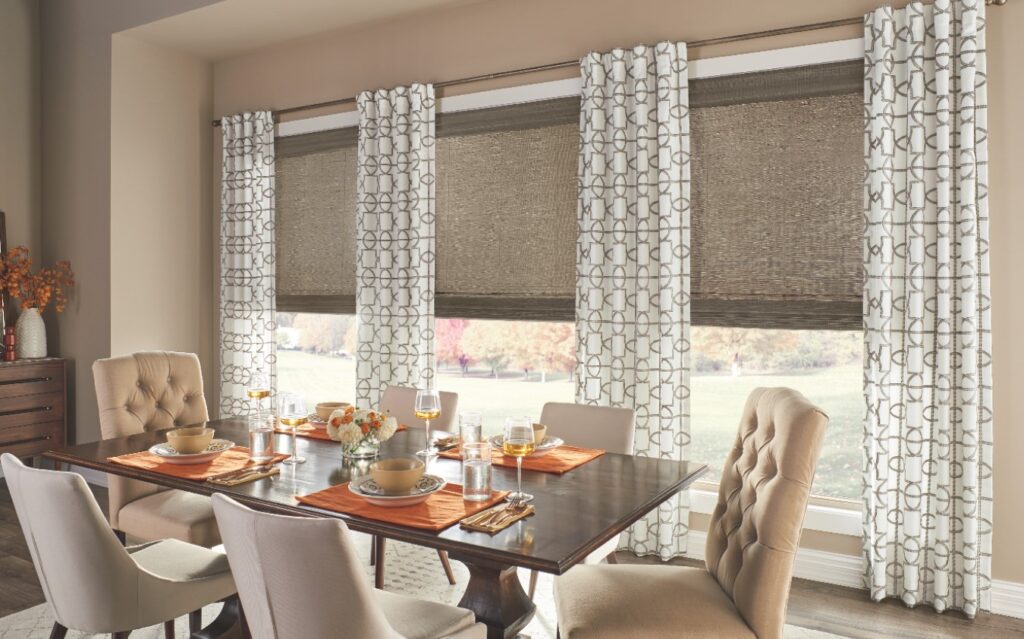
Many modern homeowners are ditching drapes and curtains for blinds no drilling and shades. Typically, shades are soft panels of fabric that are cast and set within a metal framework suited to the dimensions of your windows. There is no extra fabric that hangs or sits in a pool- it is completely fitted to your window. If you want to see outside or let in some sunshine, you will have to roll up the shades using a cord. While the type of shades you choose determines its final look, the roller shades are the most popular because of their relatively low costs.
In a roller shade, the fabric rolls around a rod when you pull the cord. Similarly, in a balloon shade, it becomes a fabric balloon at the top, the fancy Roman shades that fold into neat pleats, and the tie-up shades that let you tie up the bunched up material to hold it in place. Ultimately, the type of shade you choose for your room depends on what you want your room to look like. With so many textures, colors, and patterns going around, you are sure to feel spoilt for choice.
Blinds
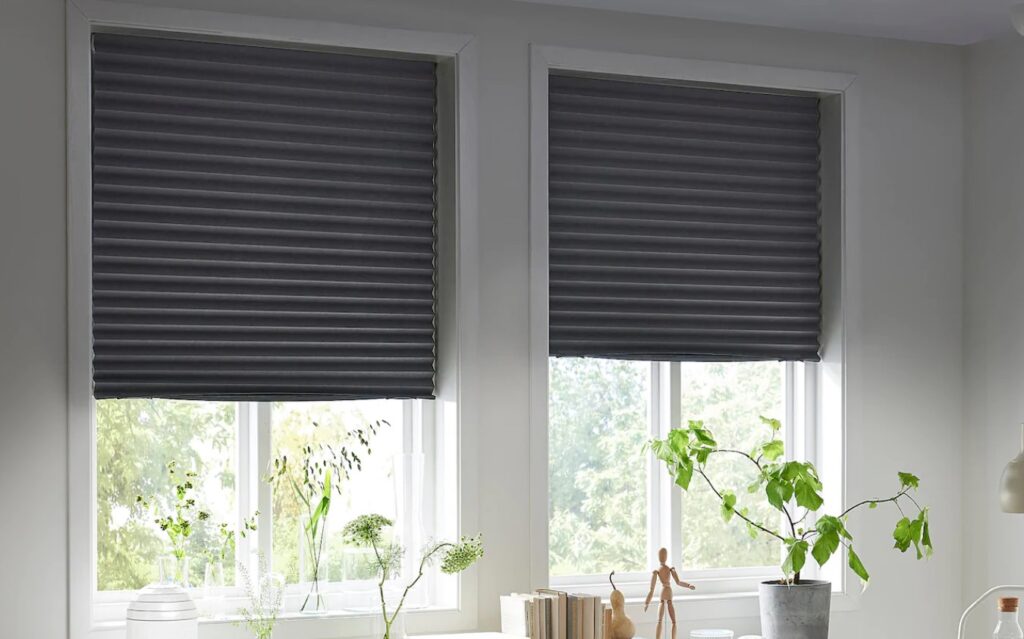
Often, shades and blinds are used interchangeably, since they essentially belong to the same family. Like shades, blinds are fitted to your windows. However, they are not made from fabric. Instead, blinds are a collection of slats made from wood, aluminum, or bamboo, woven together and held in place with a horizontal cord. These slats, called louvers, can be manipulated as and when required without opening the blinds. For example, if you want to let some light in, you can pull at the cords to increase the space between the slats. In case you want some privacy, you can tilt them close. So, you are not required to open the blinds completely if you don’t want to open the window they are on.
The only disadvantage of using blinds is that they are not usually patterned. They do make up for this with the wide range of interesting colors they are available in. Also, blinds can block out light very well, and you can combine them with some curtains to soften the rigidity exuded by the panels. There are many window treatment companies providing automated blinds as well, so you can open or close the blinds with remote control without ever leaving the comfort of your own room.
While the length and breadth of the blinds depend on your windows, their tilt-depth is more or less standardized. You can either choose from ½ to 1-inch blinds, commonly called mini blinds, or 2 inches blinds or Venetian blinds.
Choosing the right blinds for your windows can greatly enhance the aesthetic appeal and functionality of your space. Here are some factors to consider when selecting blinds:
Light Control: Determine the level of light control you desire in the room. If you want to block out most of the light, consider blinds with thicker slats or blackout blinds. Alternatively, if you prefer diffused light, choose blinds with adjustable slats that allow you to control the amount of light entering the room.
Privacy: Consider the level of privacy you need. Blinds from Blinds2Go with tighter closures between slats provide better privacy. If privacy is a significant concern, opt for blinds with smaller slats or top-down/bottom-up functionality, which allows you to adjust the blinds from both the top and bottom, offering flexibility in controlling privacy and light.
Style and Design: Blinds come in a variety of styles, materials, and colors. Consider the overall decor and theme of your room when selecting blinds. For a modern and minimalistic look, you may prefer sleek aluminum or vinyl blinds. If you desire a more natural and warm feel, consider wooden blinds or bamboo blinds. Additionally, choose colors that complement your existing interior design elements.
Maintenance: Consider the ease of maintenance and cleaning. Blinds made from materials like aluminum or vinyl are generally easier to clean than fabric blinds. Dust-resistant or stain-resistant blinds can also be beneficial, especially in high-traffic areas or if you have pets.
Energy Efficiency: Blinds can contribute to energy efficiency by reducing heat gain in the summer and heat loss in the winter. Look for blinds with insulating properties or cellular blinds, also known as honeycomb blinds, which have pockets that trap air and provide insulation.
Window Size and Mounting Options: Measure your windows accurately to ensure the blinds fit properly. Blinds can be mounted inside the window frame (inside mount) or outside the frame (outside mount). Inside mount blinds offer a sleeker look, while outside mount blinds can make windows appear larger and provide better light blockage.
Budget: Determine your budget for blinds and explore options within that range. Blinds vary in price based on the material, size, and features. Consider the long-term value and durability of the blinds when making your decision.
Conclusion
Now that you know the differences between the most popular types of window treatments, it should be easier for you to comprehend which style complements your décor and fulfills your needs simultaneously. As we have mentioned above, all these window treatments are highly dynamic, which means you will have no trouble finding one that is made just for you.

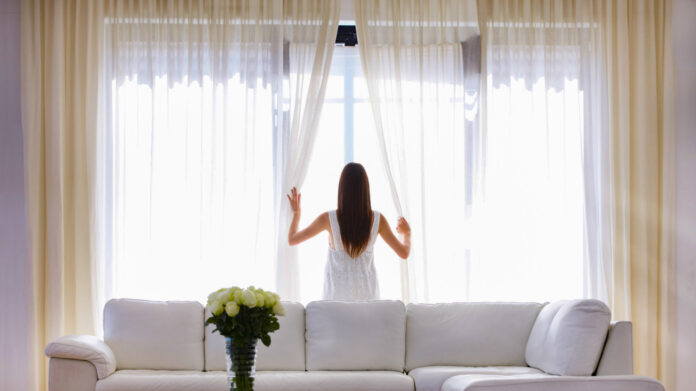
![Calgary’s Hottest Neighborhoods for Luxury Homebuyers [2024]](https://thewashingtonote.com/wp-content/uploads/2024/04/Calgary-218x150.png)


![Calgary’s Hottest Neighborhoods for Luxury Homebuyers [2024]](https://thewashingtonote.com/wp-content/uploads/2024/04/Calgary-324x160.png)



